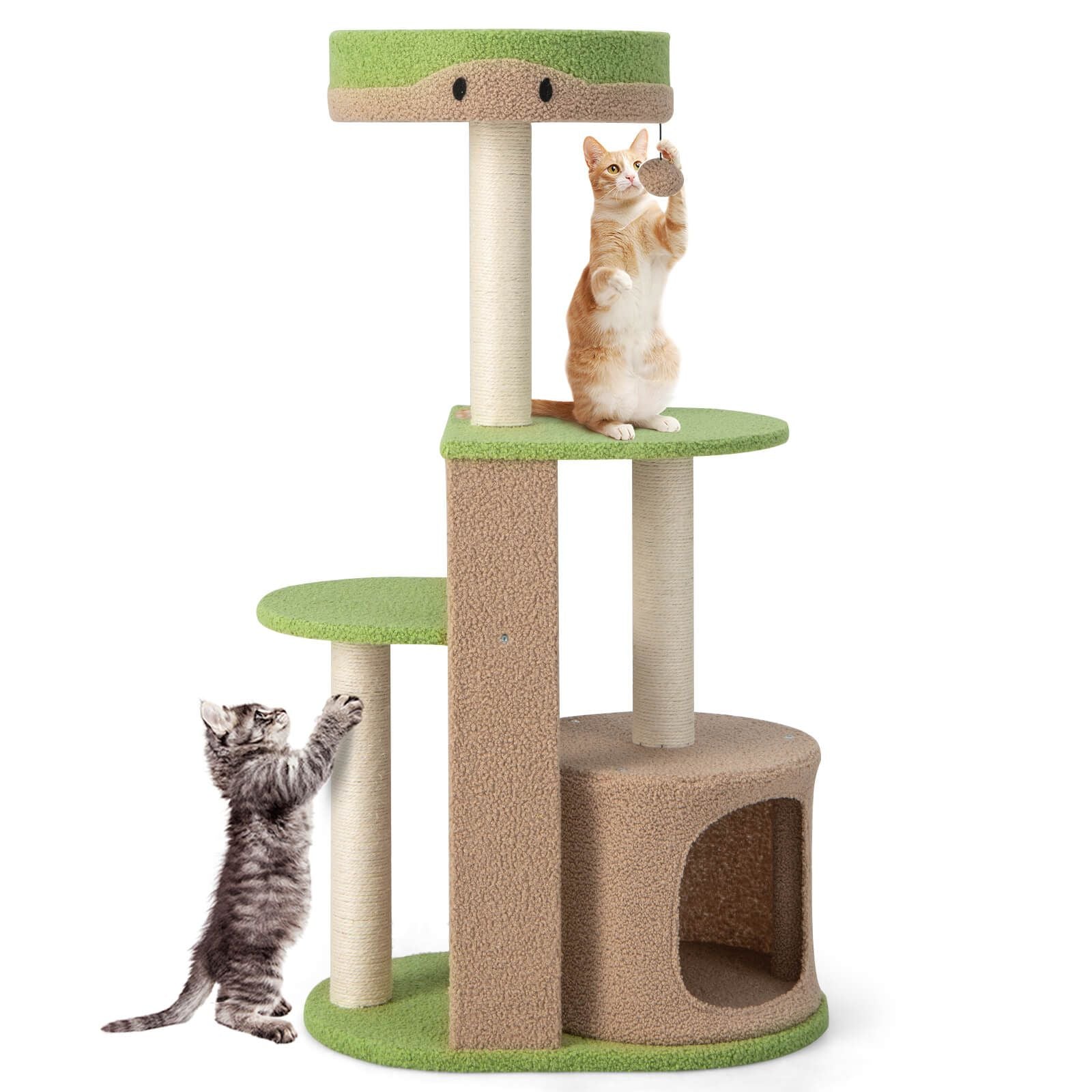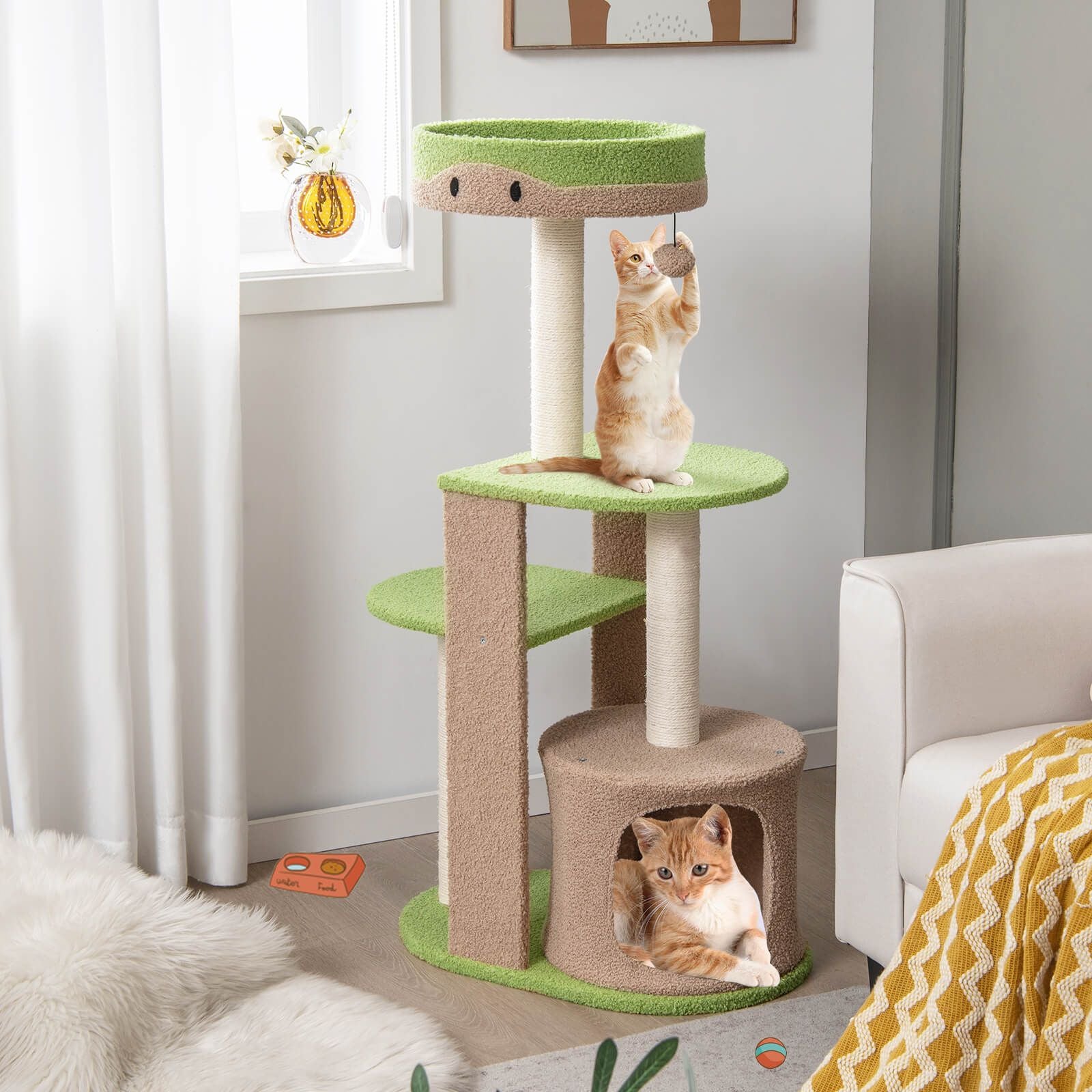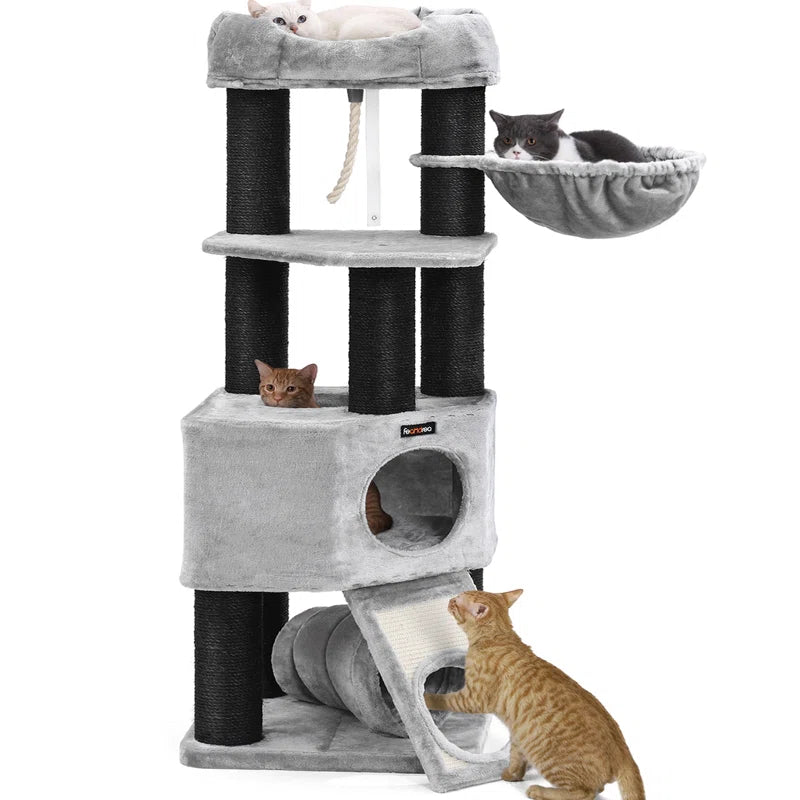10 Effective Strategies to Prevent Cats from Scratching Carpets
Cats scratch carpets. This natural behavior, while frustrating for owners, serves multiple purposes for felines. Scratching helps cats stretch muscles, remove old claw sheaths, and mark territory. However, your plush carpeting needn't fall victim to your cat's claws. This guide presents ten effective strategies to protect your carpets while keeping your feline friend content.
Understanding Cat Scratching Behavior
Feline scratching stems from instinct. Cats possess scent glands in their paw pads, which release pheromones when they scratch. This action marks their territory and communicates with other cats. Carpets, with their texture and scent-holding capacity, often become prime targets for this behavior.
Ancient Egyptians valued cats for their ability to control vermin and kill venomous snakes, leading to their revered status. Today, we value cats as companions, but their instincts remain unchanged.
Providing Alternative Scratching Surfaces

Offering appropriate scratching alternatives ranks as the most crucial step in protecting your carpets. Cats prefer scratching posts that are at least 1.5 times their stretched body length. Diverse textures appeal to different cats:
- Sisal rope
- Corrugated cardboard
- Natural wood
- Carpet (ironically)
Place these alternatives near your cat's favorite scratching spots. Our 111 Cm Multi-Level Cat Tree offers multiple scratching surfaces and perches, making it an excellent choice for redirecting your cat's scratching behavior.
Deterrent Methods for Carpet Protection
While providing alternatives, you can also make carpets less appealing. Commercial deterrent sprays, often containing citrus or herbal scents, discourage scratching. However, test these products on a small, inconspicuous area first to ensure they don't stain your carpet.
Physical barriers like double-sided tape or aluminum foil on carpet edges can also deter scratching. These textures feel unpleasant to cats' paws, encouraging them to seek more suitable scratching surfaces.
Claw Management Techniques
Regular nail trimming reduces damage from scratching. Aim to trim your cat's claws every two weeks. If you're uncomfortable with this task, consider soft paws or claw caps. These vinyl nail covers, glued to your cat's claws, blunt the scratching impact while allowing natural extension and retraction of the claws.
Environmental Enrichment to Reduce Scratching

A bored cat may scratch excessively. Provide ample stimulation through interactive toys and play sessions. Our FEANDREA 206cm Cat Tree offers multiple levels for climbing, playing, and scratching, keeping your cat engaged and less likely to target your carpets.
Training and Positive Reinforcement
Redirect your cat's scratching behavior by gently moving them to an appropriate scratching surface when caught in the act. Reward them with treats or praise when they use the correct scratching areas. Consistency proves key in this training process.
Addressing Underlying Issues
Excessive scratching may indicate stress or anxiety. Changes in the household, new pets, or even rearranged furniture can trigger this behavior. Create safe spaces for your cat, like the Hornsea Dome Cat Bed, to help reduce stress-related scratching.
Long-term Strategies for Carpet Preservation
When selecting new carpets, consider pet-friendly options. Low-pile carpets or rugs with tight loops resist scratching better than plush, high-pile varieties. Regular vacuuming and cleaning help remove your cat's scent from the carpet, making it less attractive for territorial marking.
When to Seek Professional Help
If scratching persists despite your best efforts, consult a veterinarian to rule out any underlying health issues. Feline behaviorists can also provide tailored advice for your specific situation.
Conclusion
Preventing cats from scratching carpets requires patience and a multi-faceted approach. By understanding your cat's needs and providing appropriate alternatives, you can protect your carpets while keeping your feline friend happy and healthy. Remember, scratching is natural for cats – your goal is to redirect this behavior, not eliminate it entirely.

Interestingly, the oldest known pet cat existed 9,500 years ago, based on remains found in Cyprus. Our long history with these fascinating creatures continues today, carpet challenges and all. With these strategies, you're well-equipped to maintain harmony between your cat's natural instincts and your home's carpets.

